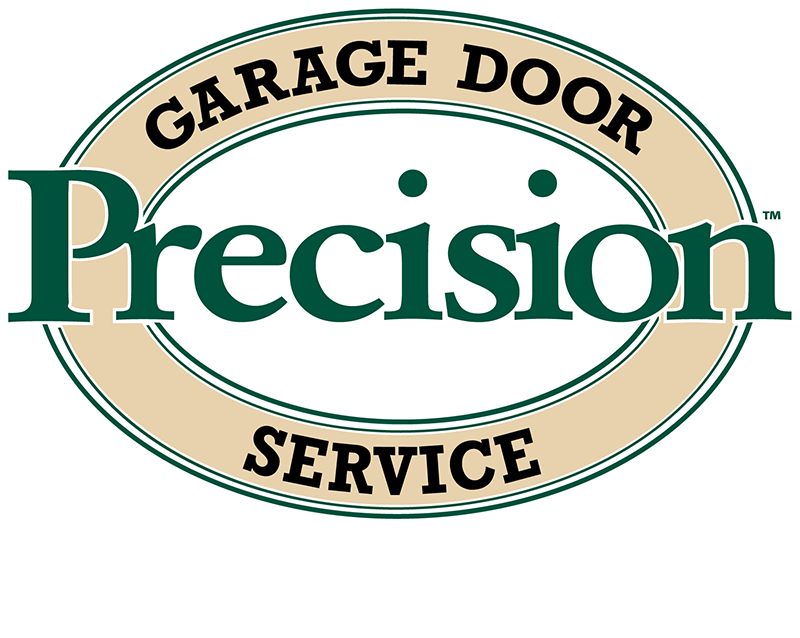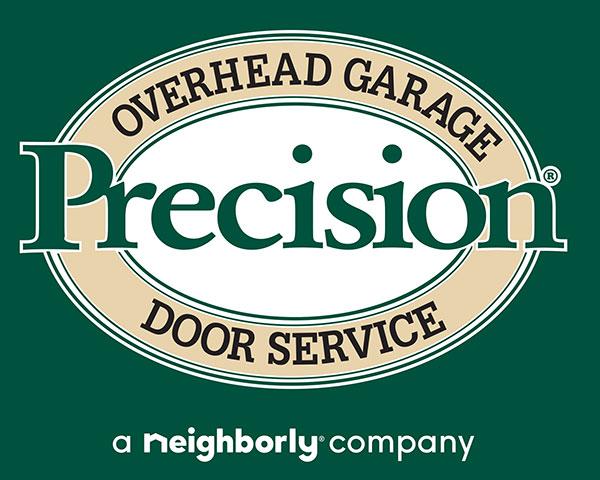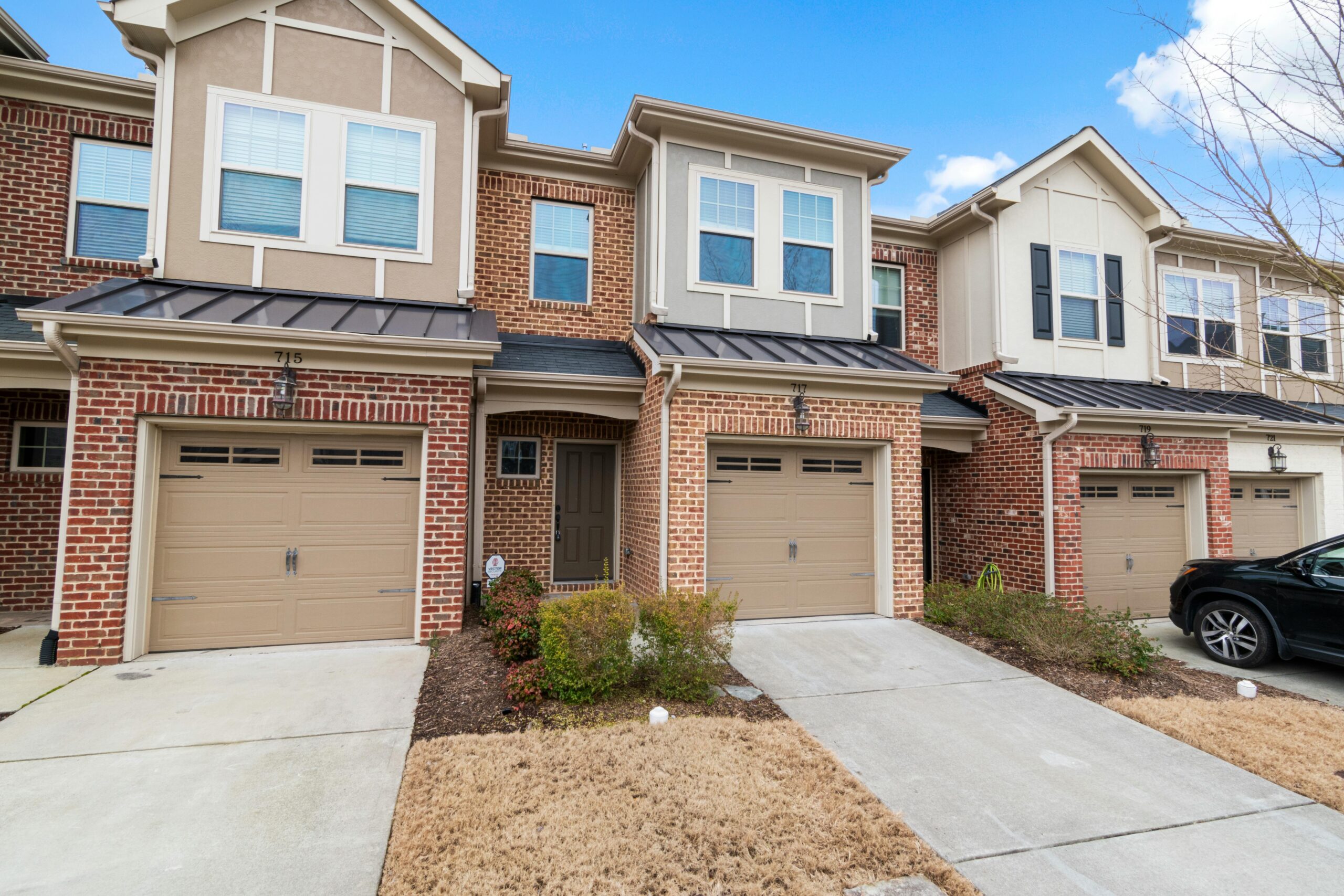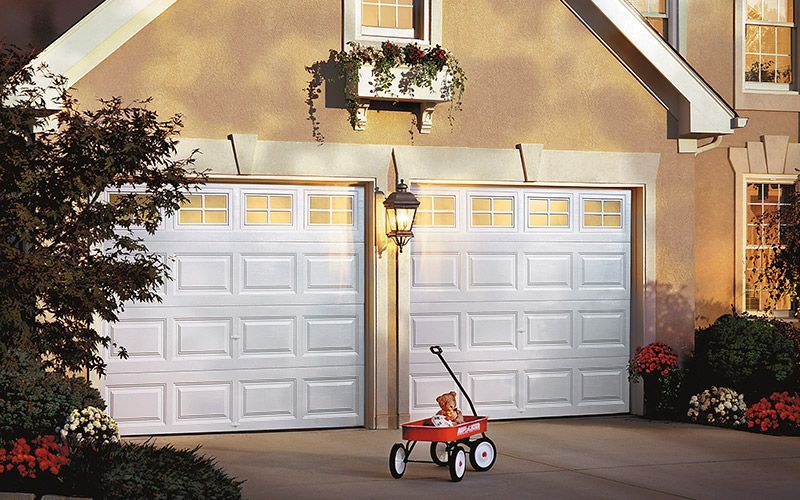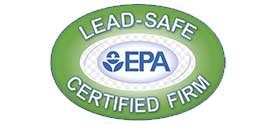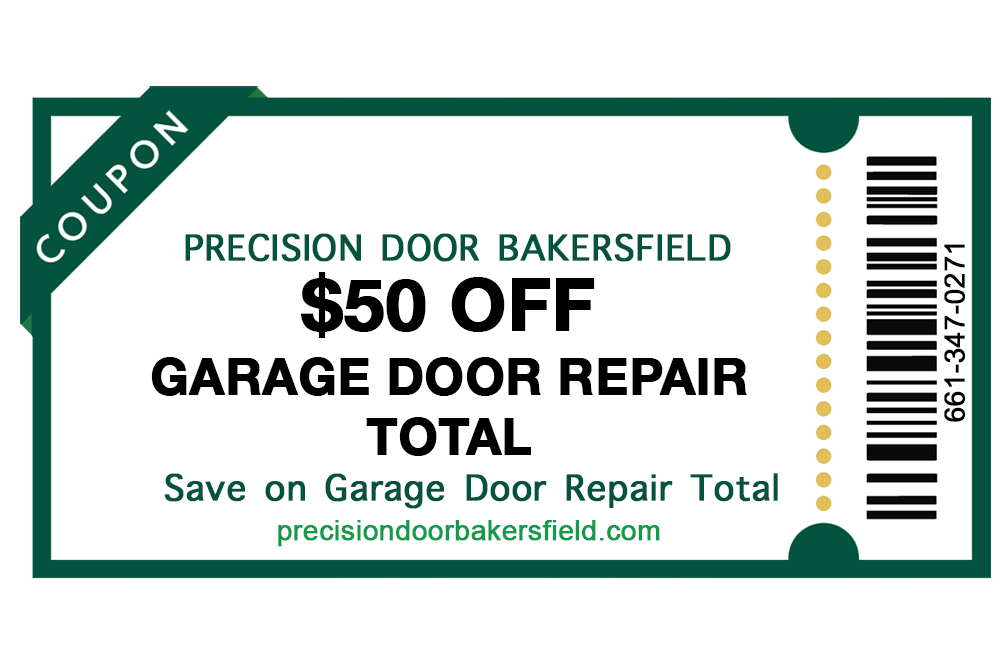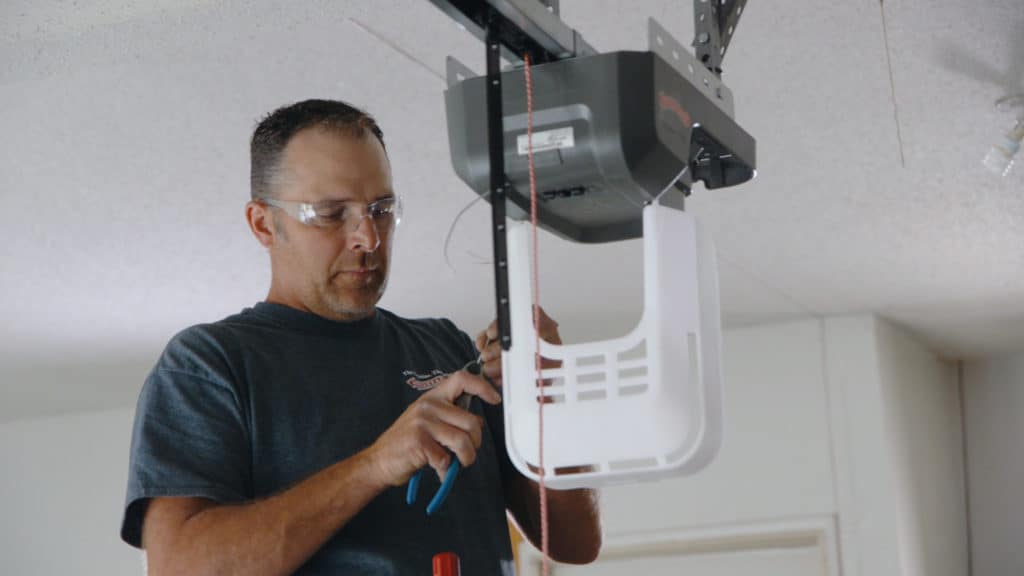
Earthquakes can strike at any time in California. The shaking comes without warning. Homes move, walls crack, and objects fall. Yet most people forget about one big moving wall, the garage door. This large structure can become a serious hazard if it is not secure.
When a garage door fails during a quake, it can trap cars and block exits. The heavy panels may bend or break. Tracks can twist, leaving the door unsafe to use. Damaged parts can turn into flying debris. Many homeowners only notice these risks after a quake. A weak door puts people and property at risk.
This guide shows how to keep your garage door safe before, during, and after a quake. You will learn common weak spots and how to fix them. It also explains when to call a trained technician for help.
Common Reasons Garage Doors Fail in Earthquakes
When the ground shakes, the garage door takes heavy stress. Each part must move together, but strong vibrations throw it off balance. The panels, tracks, and brackets absorb the shock. Even a small weakness can cause major failure.
Older doors are at higher risk. Springs lose tension after years of use. Cables stretch and rust. Loose opener mounts can slip from their supports. Some doors use light panels or poor brackets that cannot handle the weight during shaking. When these parts give out, the door may fall or jam, blocking access to your garage.
To prevent this, reinforce the system before trouble starts. Tighten all hardware and replace weak parts. Make sure your door can handle both weight and motion. Proper support reduces the chance of cracks and track damage. For reliable help, schedule garage door repair services with Precision Door Bakersfield.
Steps to Take Before, During, and After a Quake
A few simple steps can make a big difference. Planning ahead protects your door and keeps your family safe. You do not need fancy tools, just care and attention to detail.
Pre-Quake Checklist
Start with small checks. Add steel struts to wide doors for more strength. Tighten every bolt and hinge. Test the manual release to make sure it works in case of power loss. Look for rust or gaps on the springs and cables. Fix worn parts early. If you spot damage, book broken spring repair with a trusted local expert.
During a Quake
When shaking begins, stay away from the garage door. Do not open or close it. Focus on staying safe inside your home. Wait until the movement stops before checking the door. Quick action during the quake can lead to injury or more damage.
After a Quake
Once it is safe, check the door for signs of stress. Look for bent tracks, dents, or panels that do not align. Move the door slowly to see if it sticks or grinds. If it looks off balance or jams, call for repair. Learn more about fixing an off-track garage door before it worsens.
When to Call a Tech
If the door slams shut, hangs unevenly, or cables fray, stop using it. Strange sounds or jerky motion mean parts are failing. For these issues, ask for roller and cable replacement from trained technicians. Regular checks and quick repairs can save you from higher costs later.
Small actions prevent big problems. Checking your garage door before and after a quake protects your home. If anything feels wrong, call a professional fast. Prepared doors last longer and keep your family safe.
Best Ways to Reinforce Your Garage Door for Quake Safety
Strong support keeps your garage door steady during a quake. Start with solid hardware and quality parts. Steel struts give wide doors the strength they need to handle pressure. Use heavy-duty brackets to secure the tracks tightly.
Next, check how the opener connects to the ceiling. The header board must be firm. Add long lag bolts that reach deep into wall studs. These bolts hold the system in place when the ground moves. A few minutes of reinforcement can prevent a costly repair later.
Old rollers and weak hinges can make the door unstable. Replace them with reliable parts for better safety and performance. You can get quality parts and accessories from Precision Door Bakersfield to keep your system strong and ready.
Simple Maintenance Tests to Keep Your Door Safe
Good maintenance keeps your garage door ready for the next quake. Lubricate the hinges, rollers, and springs with a silicone-based spray. Tighten every bolt and screw twice a year to stop shaking or noise. These small steps make the door safer and longer-lasting. For more easy upkeep ideas, read these garage door maintenance tips from local experts.
Next, test the door balance. Pull the release cord to lift the door halfway. If it stays still, the balance is right. If it moves up or drops down, the springs may need adjustment. Balanced doors move smoother and reduce wear during quakes.
Finally, check the opener safety features. Test the auto-reverse with a small block of wood. Make sure sensors work and nothing blocks them. Add a battery backup if you live in an area with frequent power cuts. You can also review this garage door opener compatibility guide to ensure your system fits your safety needs.
Get Your Garage Door Ready for the Next Quake
Your garage door is more than an entry point. It protects your car, tools, and home. A strong door can reduce quake damage and keep your family safe. You now know how to inspect, reinforce, and maintain it for better protection.
A well-maintained door lasts longer and costs less to repair. Regular tune-ups help prevent breakdowns and save money over time. Reinforcement, balance checks, and hardware care all add strength. When something feels off, trained technicians can restore your door fast and safely.
Keep your garage ready for the next quake by scheduling an inspection now. Local experts can test your system and secure weak parts before damage starts. Contact Precision Bakersfield today to book a full safety check and protect your home with a strong, secure garage door.
